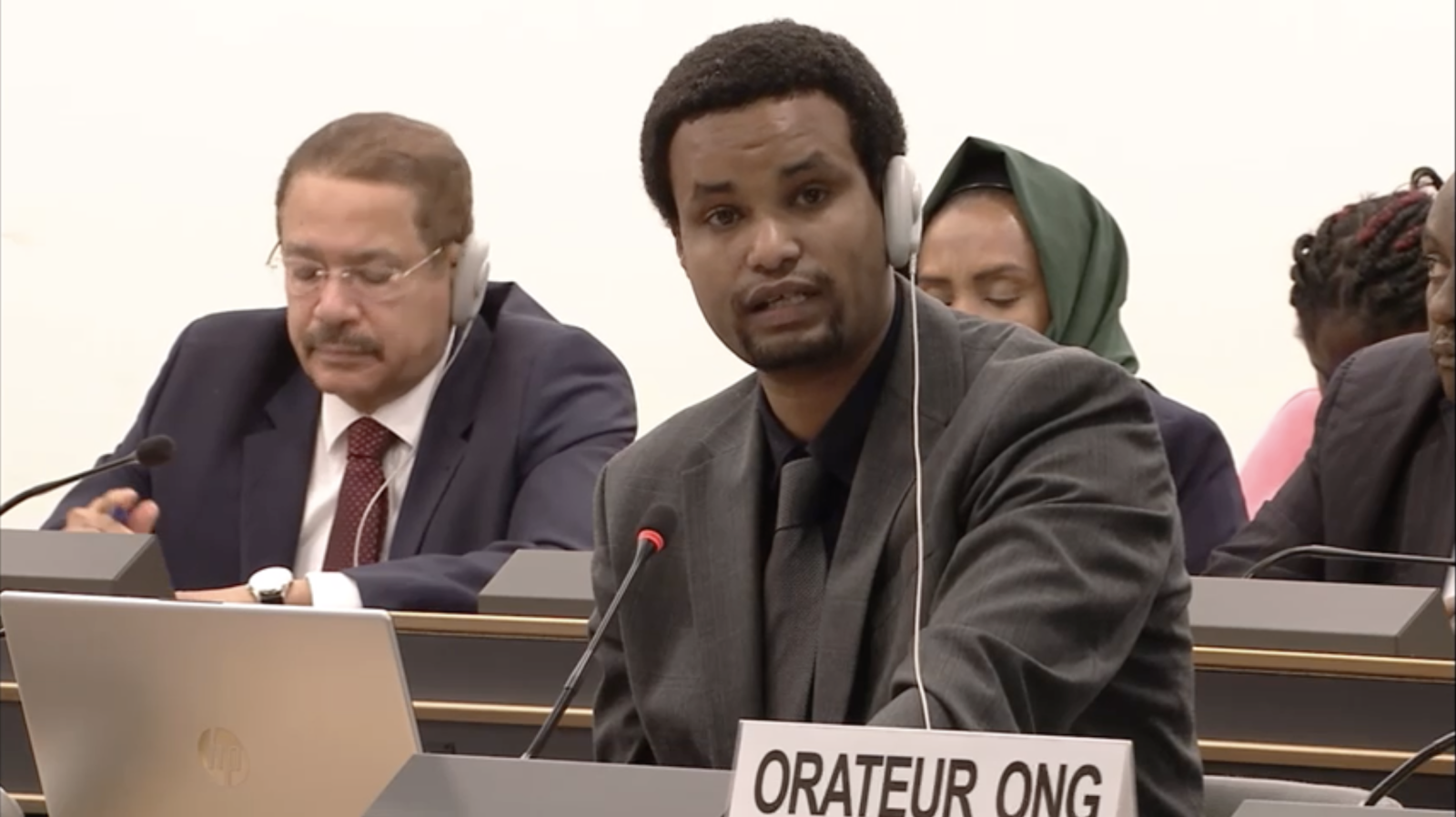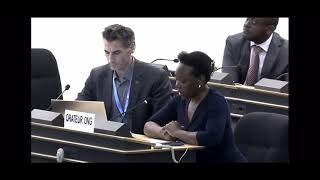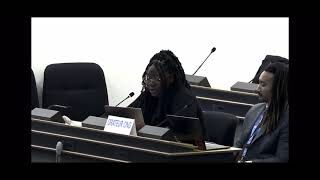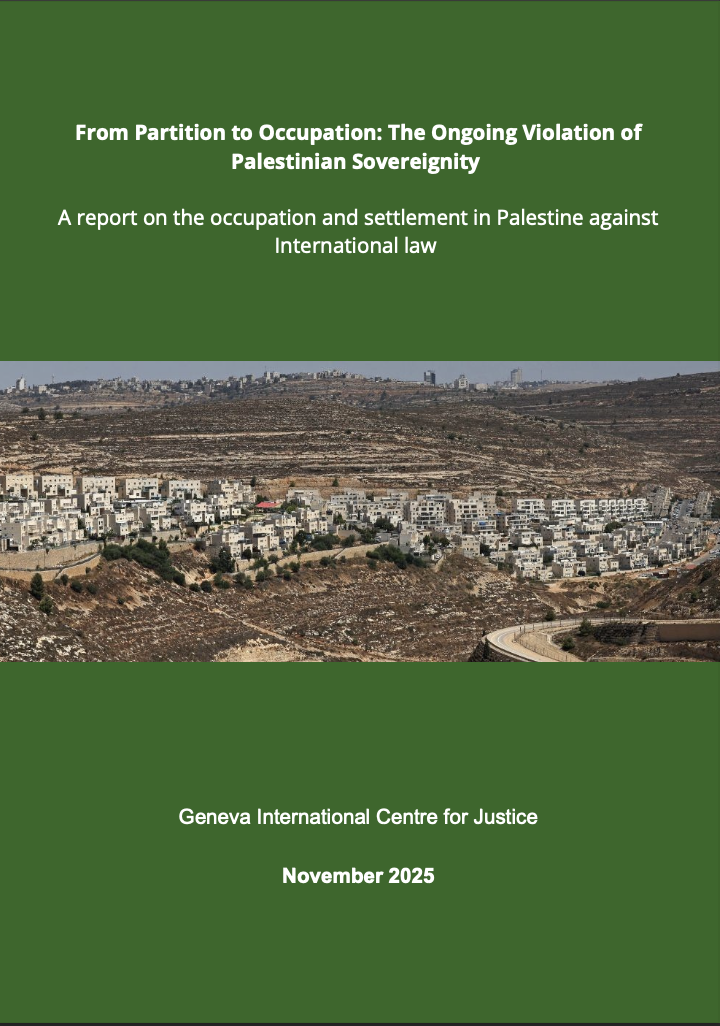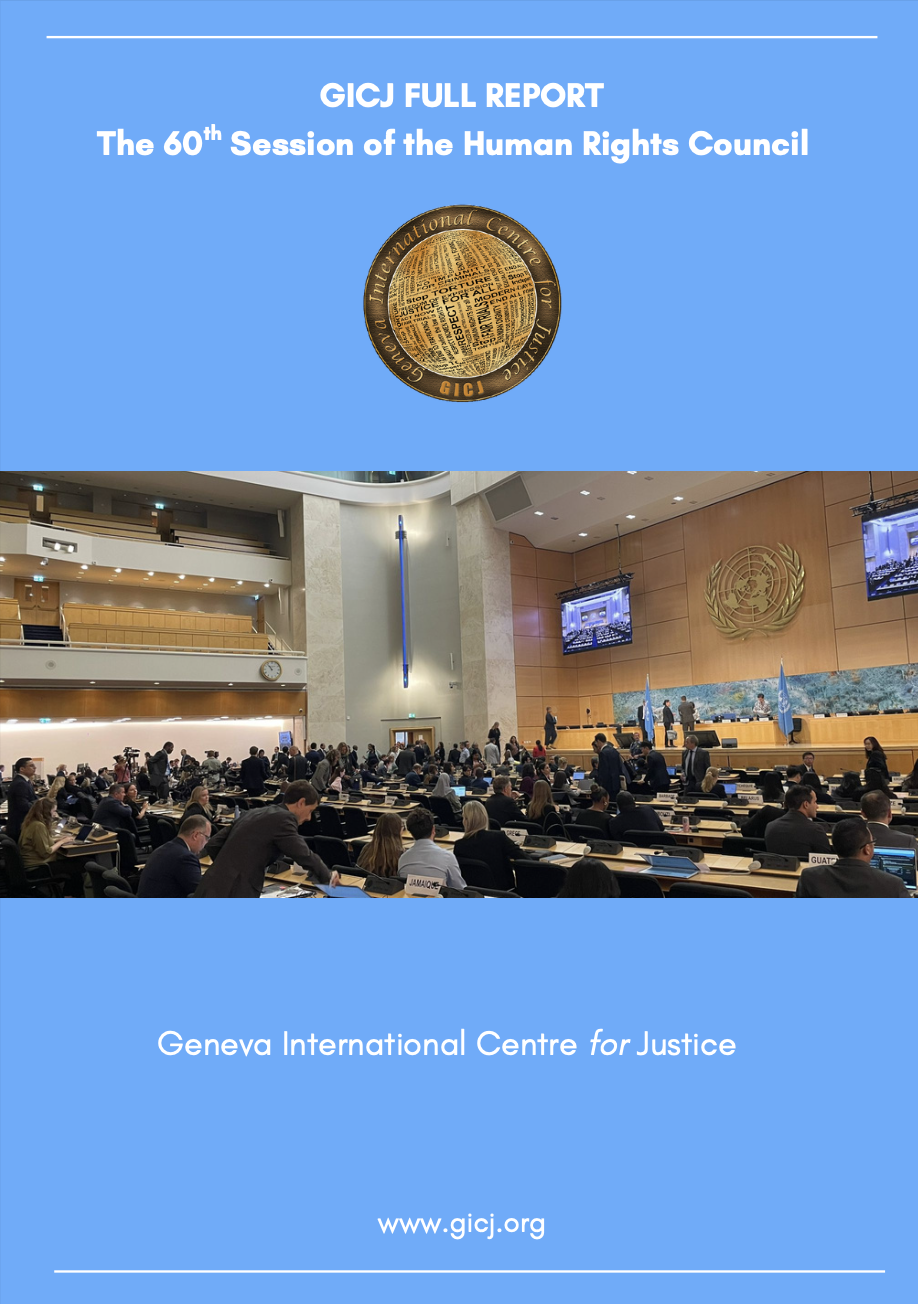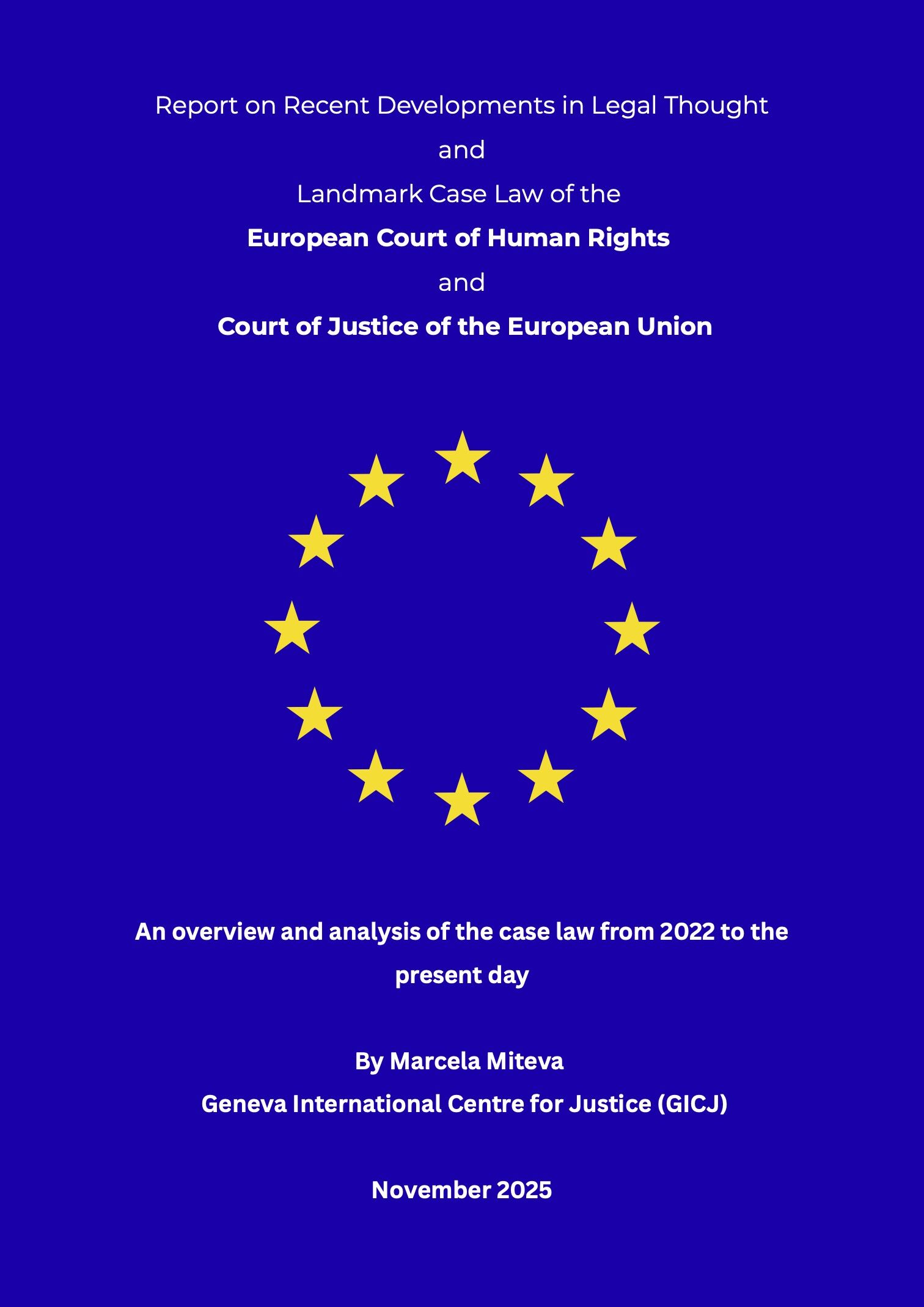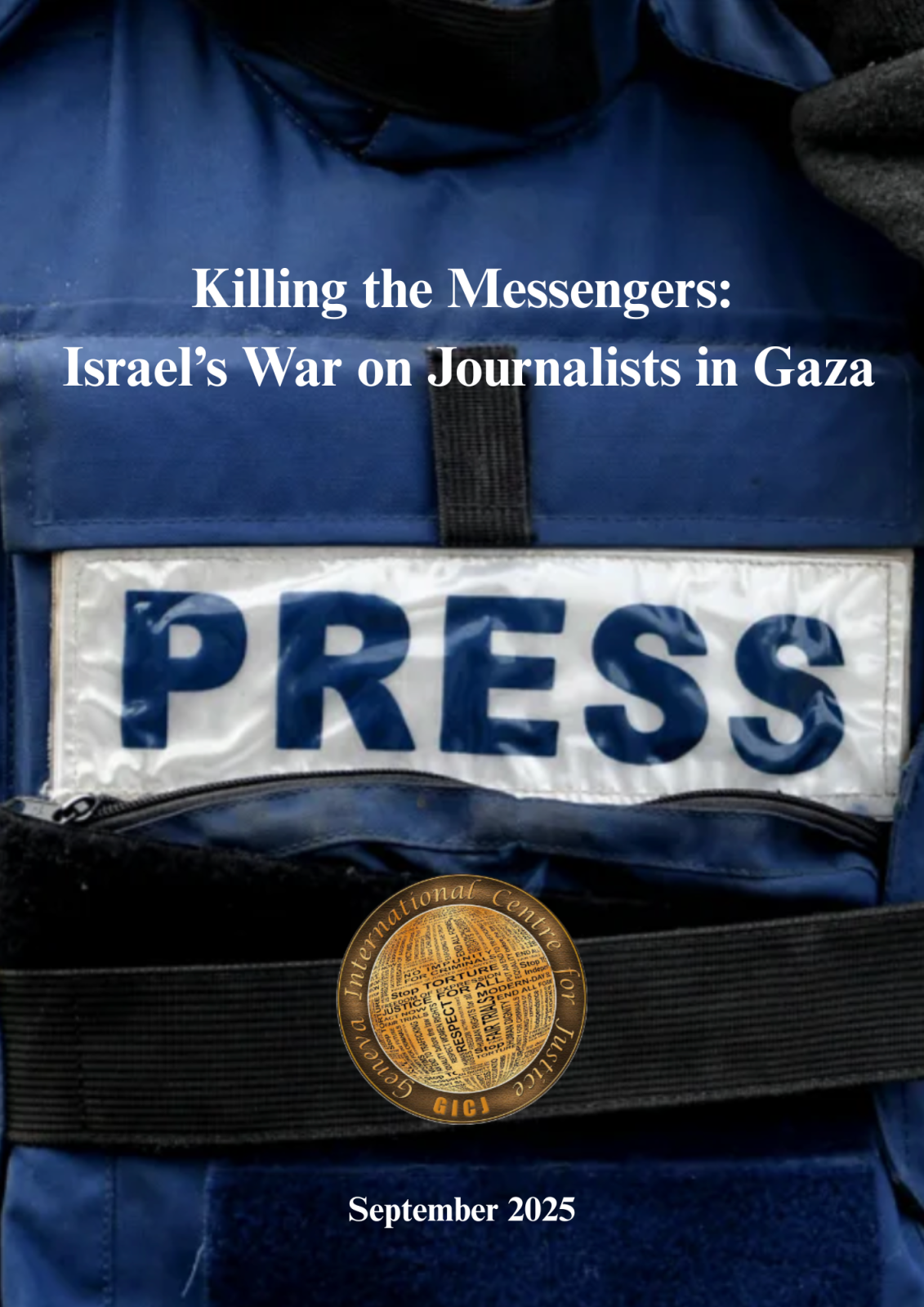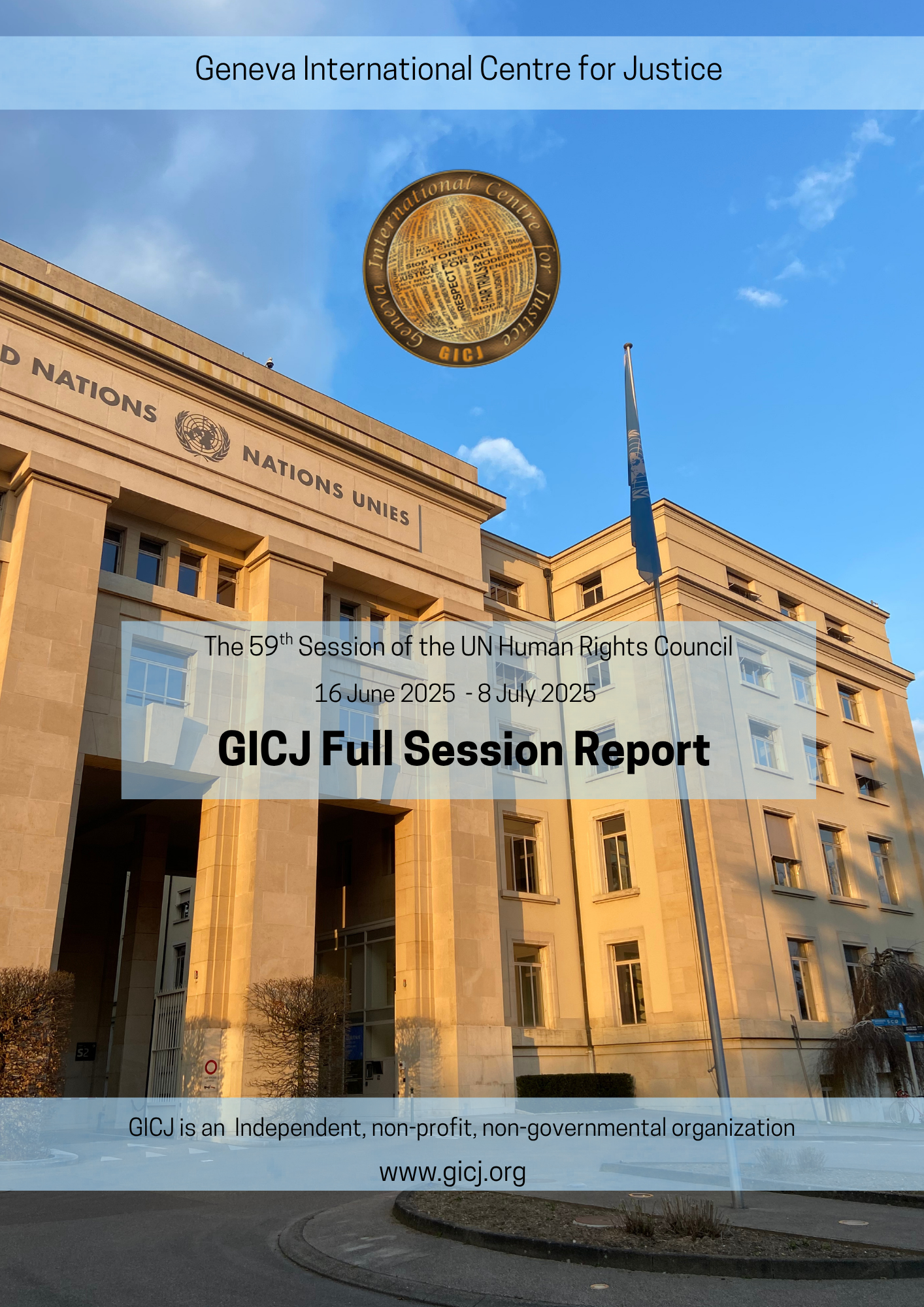By Namrata Hazarika / GICJ
“There is no trust more sacred than the one the world holds with children. There is no duty more important than ensuring that their rights are respected, that their welfare is protected, that their lives are free from fear and want and that they can grow up in peace.” - Kofi Annan
The 12th of June is celebrated as “World Day Against Child Labour” to raise awareness of the exploitation of children. This celebration stems from the recognition given by the ILO in 2002 to the various forms of child labour that continue to rob children of their innocence. Hence, this day not only highlights the need for rapid eradication of such practices but also helps “renew” the commitment of organisations like the ILO and UNICEF to deliver a future without child labour [1].
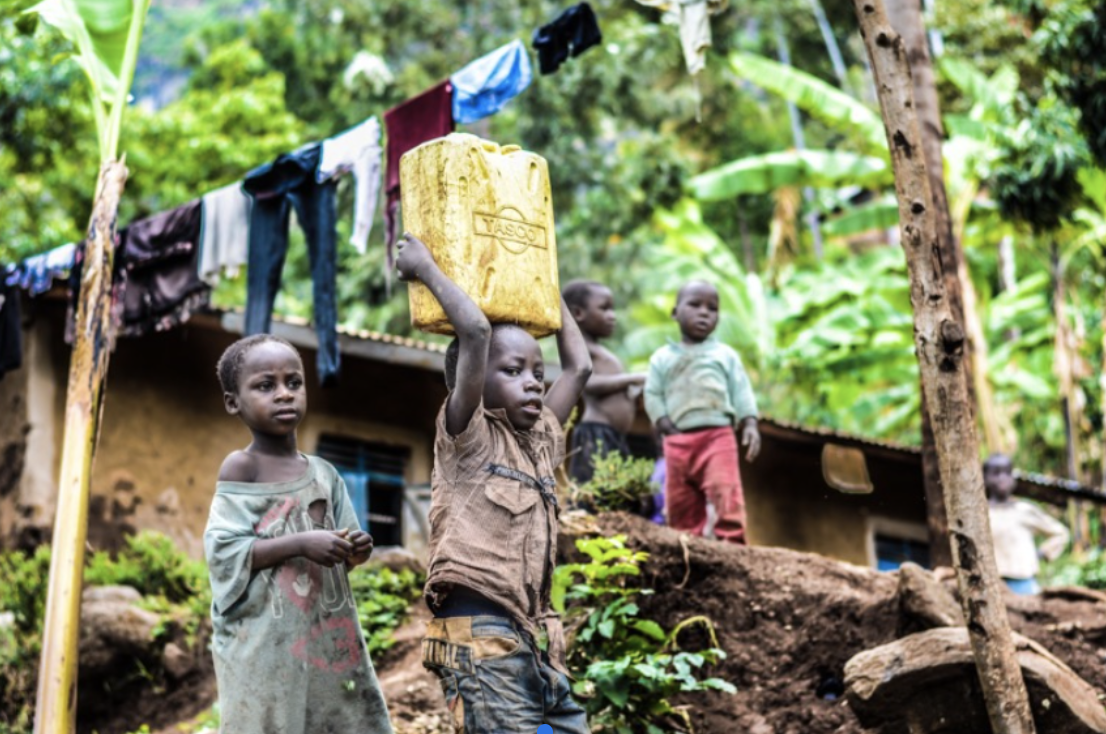 Ending child labour by 2025 has been recognised as a UN Sustainable Development Goal (SDG). Despite this, as of 2022, there are still over 160 million victims of child labour spread around the world. 73 million of these children are compelled to work in hazardous conditions that endanger their health and safety [2], 10 million are forced to participate in child prostitution [3], 4.3 million are subjected to forced labour while about 9 million are pressured to involuntarily aid illicit activities such as drug trafficking [4]. Article 3 of the ILO Convention No. 182 recognises the abovementioned four categories as the worst forms of child labour [5]. Although the percentage of children in child labour has decreased over time, the number of children involved in child labour continues to be in the millions. The ILO has highlighted the progress in addressing these issues but acknowledges that their efforts to rectify these abuses are occurring at a slow pace. However, this advancement was hindered for the first time since 2002 when the Covid-19 pandemic added 9 million children to the list of victims [6].
Ending child labour by 2025 has been recognised as a UN Sustainable Development Goal (SDG). Despite this, as of 2022, there are still over 160 million victims of child labour spread around the world. 73 million of these children are compelled to work in hazardous conditions that endanger their health and safety [2], 10 million are forced to participate in child prostitution [3], 4.3 million are subjected to forced labour while about 9 million are pressured to involuntarily aid illicit activities such as drug trafficking [4]. Article 3 of the ILO Convention No. 182 recognises the abovementioned four categories as the worst forms of child labour [5]. Although the percentage of children in child labour has decreased over time, the number of children involved in child labour continues to be in the millions. The ILO has highlighted the progress in addressing these issues but acknowledges that their efforts to rectify these abuses are occurring at a slow pace. However, this advancement was hindered for the first time since 2002 when the Covid-19 pandemic added 9 million children to the list of victims [6].
The theme for the World Day Against Child Labour 2020: “The Impact of the Crisis on Child Labour”, exhibited how the provisions set by the ILO to produce an integrated response to eliminate child labour has suffered setbacks. These policies included “inclusive and equitable quality education for all”, strengthening “social protection systems”, garnering “decent work for adults and youth of legal working age” and setting “legal standards and regulation”. However, since the beginning of the Covid-19 pandemic, the priorities of the current system have changed. Health has superseded all other aspects of governance including education and employment thereby pushing millions of children into forced labour [7][8]. 2021 further solidified this idea through the release of a joint ILO-UNICEF report that reflected the assessment of the above-mentioned impact, Alliance 8.7. Nevertheless, in the backdrop of a “Week of Action”, regional, national, organisational, and individual stakeholders made “action pledges” to show their support, compliance, and commitment to deliver immediate, multi-sectoral, multi-stakeholder, coordinated and right-based action to minimise the impact of Covid-19 in the fight against child labour [9][10]. This worldwide partnership set the pretext for the theme of the 2022 World Day: "Universal Social Protection to End Child Labour".
This year the World Day Against Child Labour takes place right after the 5th Global Conference on Child Labour (15th – 20th May 2022) in Durban, South Africa. The conference centred around bringing efforts to fulfil the SDG goal of eradicating all forms of child labour by 2025, back on track. It called for action in six areas. First, making decent work a reality for adults and youth above the minimum age for work through strengthening the following: fundamental principles and rights at work, universal minimum wage, coverage of labour law (so it is extended to agriculture), and risk assessment mechanism for labour exploitation. Second, ending child labour in agriculture by increasing investment in the following: sustainable food systems, socio-economic development for poverty reduction strategies, financial aid to smallholder farmers, data collection and collaboration with UNICEF and FAO. Third, preventing and eliminating child and forced labour through data-driven policy responses by: endorsing transparency in supply chains to highlight instances of child labour, empowering survivors, as well as applying gender-sensitive responses. Fourth, emphasising children’s right to education by: improving institutional infrastructure, prohibiting violence and discrimination in school in addition with providing vocational training. Fifth, achieving universal access to social protection through: promoting universal child benefit payments, instilling sustainable financing, and improving access to knowledge of various types of social protection. Lastly, increasing financing and international cooperation by applying a human-centred approach to child labour in order to facilitate the intersection between social, financial, agricultural, environmental, and educational policies [11].
Although the ramifications of this conference are underway, the idea of ending child labour by 2025 and forced labour by 2030 seems too optimistic from the current standpoint. Children continue to have their childhood robbed through engagement in involuntary labour, particularly in Africa and Asia, both accounting for 134 million children being subjected to child labour. Given the uneven political, social, and economic aspirations and capabilities of countries, compliance is difficult to achieve. Achieving said goals requires immediate action fuelled by multilateral partnerships which are not easy to attain [12]. However, the Covid-19 pandemic has set the precedent for the development of collaborative policies, accelerating the chances of achieving universal compliance to jointly tackle child labour. Only the future will showcase if the pandemic has, in the words of Kofi Annan, helped the world deliver on the sacred trust held with its children.
Geneva International Centre for Justice (GICJ) celebrates the universal ratification of ILO Convention No. 182, yet we are alarmed by the increase in the number of children being inducted into this vicious process that perpetuates labour crimes against women.
We continue to condemn all and any form of child labour and show our support for multilateral partnerships, collaborations, and coordination to achieve the SDG 2025. We are troubled by the impact of the Covid-19 pandemic on the fulfilment of these goals but remain confident regarding the positive repercussions it can produce regarding compliance. We further commend the ILO for its intervention in the six highlighted areas through the 5th Global Conference on Child Labour and remain optimistic regarding their implementation. Against this backdrop, we urge states to set binding legal ramifications to the breach of laws for the prohibition of child labour to accelerate universal compliance.
Child labour, Child abuse, ILO, UNICEF, Diplomacy, Covid-19, Children's Rights, Protection of Children, Geneva, Justice, Geneva4justice, GICJ, Geneva International Centre For Justice, Human Rights
[1] https://www.un.org/en/observances/world-day-against-child-labour
[2] https://www.ilo.org/wcmsp5/groups/public/---ed_norm/---ipec/documents/publication/wcms_653987.pdf
[3] https://zenodo.org/record/1259781#.Yp0eQi8RqfU
[4] https://www.ilo.org/wcmsp5/groups/public/---asia/---ro-bangkok/documents/publication/wcms_bk_pb_24_en.pdf
[5] https://www.ilo.org/dyn/normlex/en/f?p=NORMLEXPUB:12100:0::NO::P12100_ILO_CODE:C182
[6] https://www.unicef.org/protection/child-labour
[7] https://www.ilo.org/global/about-the-ilo/newsroom/news/WCMS_800090/lang--en/index.htm
[8] https://www.ilo.org/wcmsp5/groups/public/---ed_norm/---ipec/documents/publication/wcms_797515.pdf
[9] https://www.un.org/en/observances/world-day-against-child-labour
[10] https://endchildlabour2021.org/stakeholders/
[11] https://www.5thchildlabourconf.org/sites/default/files/2022-05/call-to-action-eng.pdf
[12] https://www.un.org/en/observances/world-day-against-child-labour




